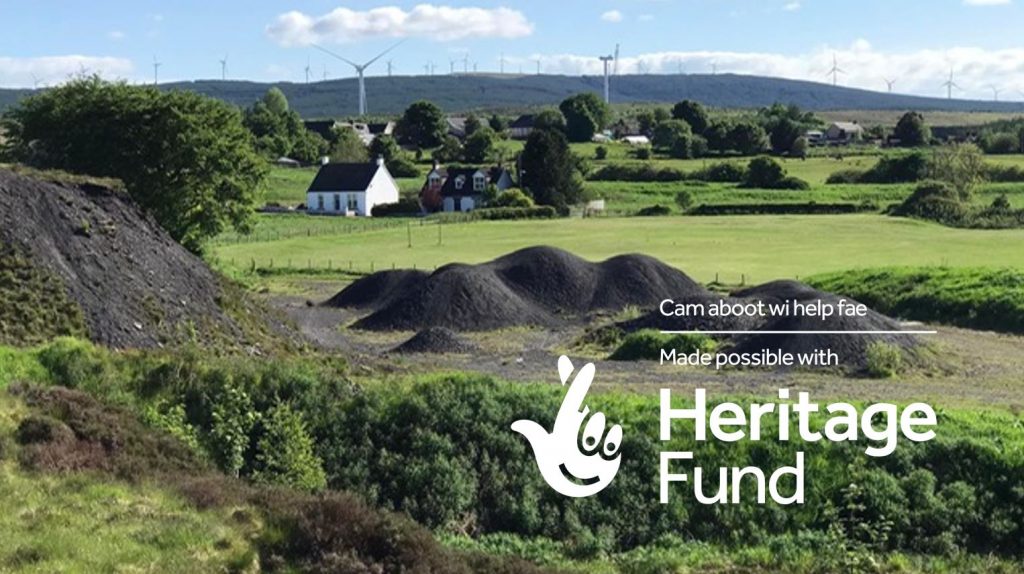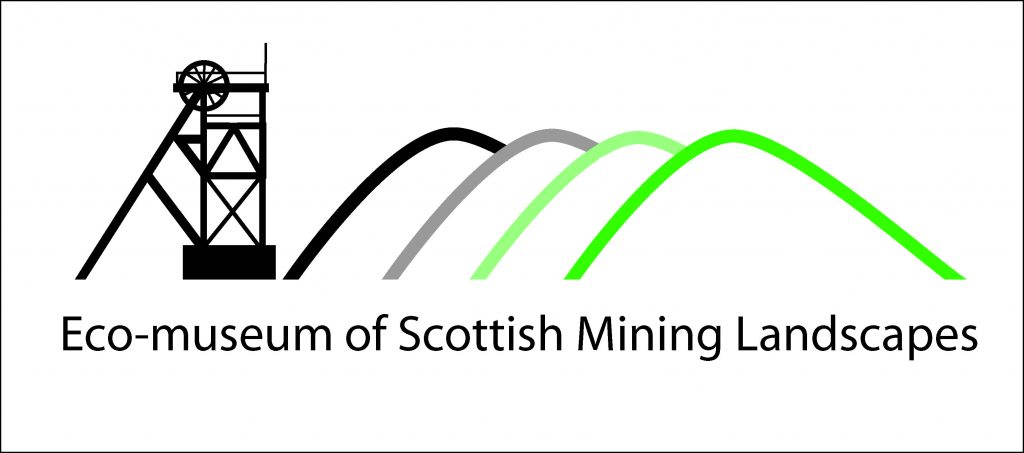
We are pleased to share that Catherine Mills and the University of Stirling have been awarded £63,784.00 by The National Heritage Lottery Fund https://www.heritagefund.org.uk/ to create the eco-museum and a big thank you goes to the National Lottery Players for making it happen.
An Eco-museum has no walls or shelving but is based on a specific landscape or territory, it celebrates a sense of place with an emphasis on public participation that benefits local communities. This project takes the Scottish Midland coalfield (reaching from Fife to Ayrshire) as its geographical boundaries and key to the project are self-contained community created walking/cycling routes that explore both the story of coal through the medium of landscape, the sunken hollows, patches of colliery waste and piles of building rubble through to communication networks, reclaimed bings and repurposed buildings and the former colliery community’s relationship with their historic environment.
The original data base of co-produced landscape Legacies of Coal (LLoC) routes primarily covering Stirling and Clackmannanshire, will provide the foundations of the eco-museum’s collection of 15 new ‘landscape journeys’ expanded into Fife, Midlothian, East Dunbarton, Lanark and Ayrshire. The project is looking to recruit volunteers, drawn from community groups and individuals across Scotland’s former mining towns and villages, to participate in a series of ca. five skills/field sessions working in collaboration with Catherine and the project team (including student volunteers) to create and design landscape journeys. These walking and/or cycling routes are based around local points of interest (POIs) that are significant to the community’s sense of place and local mining heritage. These typically include the surviving industrial archaeology, landscapes features of former colliery sites and transport infrastructure, the associated industries, together with the social environment, e.g., housing, sport and leisure. The POIs are illustrated with archive maps and images, text, audio/video, and community created place-making artwork/photography.
To ensure contemporary relevance and a wider audience, Catherine has teamed up with the National Mining Museum Scotland (NMMS) (https://www.nationalminingmuseum.com/), the Friends of NMMS, the Botanical Society of Britian and Ireland (https://bsbi.org/) the Scottish Geological Trust (https://www.scottishgeologytrust.org/), and community visual artist Yvonne Weighand Lyle (https://yvonneweighandlyle.format.com/) to expand the content coverage beyond the LLoC’s original focus. The new landscape journeys will feature the visible geology, the next phase in the story of coal by emphasising the black to green energy transitions, such as afforestation, geo-thermal, and wind/solar power, the diverse and ‘feral’ ecology of bings/dereliction and place marking artwork inspired by the local mining landscape and ecology.
As well as the ‘landscape journeys’ the virtual museum has four additional pages; ‘home’; ‘a ‘blog’, ‘news and activities’ linked to social media and ‘feedback/evaluation’. The museum news/social media pages provide an invaluable tool to promote wider engagement with the eco-museum, the blog showcases the stories around the creation of routes from the volunteers, permits them to highlight individual features of local mining heritage where the landscape does not permit a viable route and provides a central ‘what’s on’ network point for mining communities across Scotland to promote and share mining focused heritage activities out with their immediate local areas. The evaluation and feedback space provides museum visitors with formal opportunities to comment on the museum, but importantly it encourages users of the journeys to contribute their stories and memories or add an additional POI to established routes or suggest and/or create new journeys as well as reporting landscape change as the sites are developed and repurposed.

The project begins and ends with two national events. The eco-museum will be launched at the National Mining Museum Scotland, and signaling the end of the project, the community created artworks and photography will be exhibited at the University of Stirling’s Accredited Museum and Art Gallery (https://www.stir.ac.uk/about/art-collection/).

If you would like more information or to be involved with the project please contact Catherine c.j.mills@stir.ac.uk
